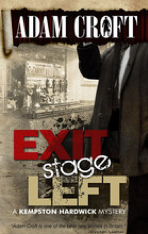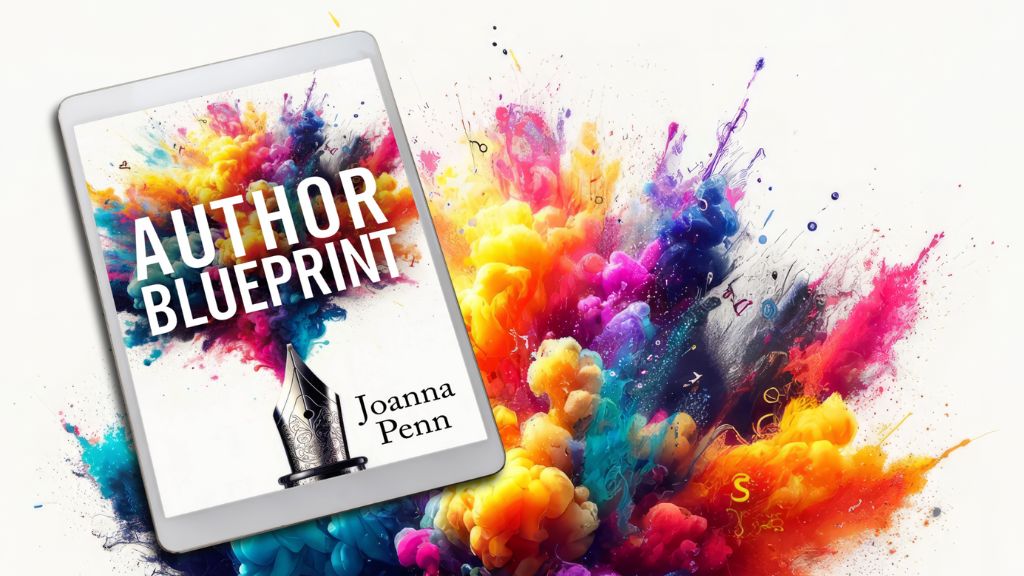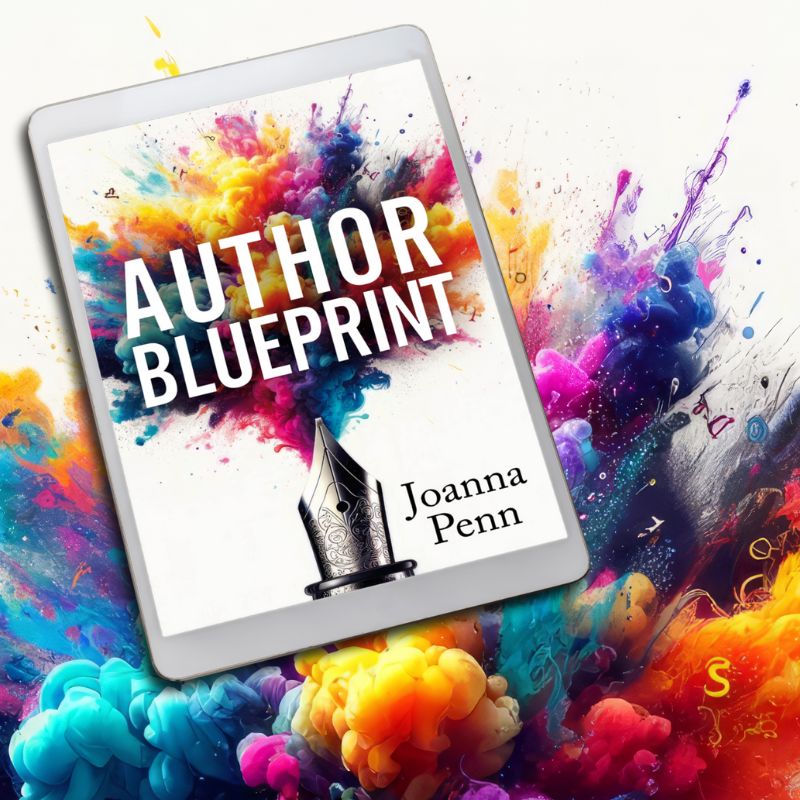OLD POST ALERT! This is an older post and although you might find some useful tips, any technical or publishing information is likely to be out of date. Please click on Start Here on the menu bar above to find links to my most useful articles, videos and podcast. Thanks and happy writing! – Joanna Penn
 I'm always on the lookout for interesting stories to share with you. Adam Croft caught my eye on twitter with the tweet shown left and I just had to ask for more information. Adam is the best-selling author of the Knight & Culverhouse series of crime novels and the Kempston Hardwick mysteries. This is a guest post from him explaining how he did it.
I'm always on the lookout for interesting stories to share with you. Adam Croft caught my eye on twitter with the tweet shown left and I just had to ask for more information. Adam is the best-selling author of the Knight & Culverhouse series of crime novels and the Kempston Hardwick mysteries. This is a guest post from him explaining how he did it.
Publishers will scream and shout from the rooftops that e-publishing is not the way forward and that every writer still needs a publisher. That's simply not true. I know this for a fact, as I was an unknown author who managed to sell 130,000 books in my first year without a publisher, without a marketing budget, and without any experience. And I'm going to tell you how I did it.
1. Know your audience
It's the same for any form of art or business (and self-publishing means these two areas unavoidably overlap). A lot of resources will tell you to just write and let the industry decide what genre it is, but so many of my unpublished writer friends keep telling me that their books are rejected by publishers due to not fitting into a pre-conceived genre. Now, I'm all for artistic license and freedom in writing but that's a story for another day. Even in self-publishing, you need to identify and physically select your genre when publishing, so you need to be sure in your own mind.
2. Be realistic
The fact of the matter is that very few self-published authors become successful. I freely admit that luck played a huge part in my success, but I also openly publicise my goals: originally, it was for someone I didn't know – a complete stranger – to read my book and tell me what they thought of it. Subsequently, I wanted to top some sort of best-seller chart. My third goal was to make enough money from writing fiction to allow me to do so on a full-time basis. I achieved all of these goals within six months of completing my first book, purely because I had set targets and goals which I knew I wanted to achieve.
3. Utilise your other skills
Self-published authors have to be more than just writers. More often than not, they have to be editors, publishers, PR managers and cover designers. Use your other skills where you can, be it in graphic design or marketing. For me, marketing is not a problem as that's my professional background. I promoted my books heavily using Twitter and Facebook, both of which are vital tools in the modern day. Free book giveaways are always a great way to attract new interest; one of my most successful avenues was to offer free copies of my book to a set number of new Twitter followers on a given day. Try this, and you'll find that you get a surprising number of new Twitter followers very quickly.
4. Utilise other people's skills
If you've got a friend who's a graphic designer, why not ask him or her to design your cover for you? I designed the covers for my first two books (and, looking back, they look pretty amateurish) but by the time I released my third book I'd earned enough money to employ a professional graphic designer for the book cover and a BBC video producer who put together a YouTube trailer. You can only work with what you have, so make sure you utilise it to your full advantage. Friends can also make great proofreaders and editors (providing that they've a good standard of English and are keen readers). Send your finished book to a few friends or contacts and ask them to be brutally honest; how can you improve? What needs changing? What works best? Do parts need rewriting? Only by acting on constructive criticism can you improve as a writer.
5. Choose your outlets
The quickest and best way to get your book available on the mass market is to use Kindle's direct publishing program. Following that, I'd strongly recommend using Smashwords to get your book into the other major markets as quickly as possible. Initially, I made my books available free of charge in order to generate interest. Now, they sell just as well (if not better) as paid-for books. Amazon's Createspace program is highly recommended for printing paperback copies of your books at a reasonable price. Once I'd ordered a batch of ‘real' books, I organised a book signing at one of my local bookshops in order to generate local interest. Local newspapers and radio stations will also more than likely be interested in your story.
6. Tell everyone
Your best (and, let's face it, only) marketing tool at this point in time is yourself. Tell everyone – your friends, your family, the bloke in the pub – all about your new book and that it has been published. I used to have an annoying habit of accosting people reading Kindles on trains and asking them if they'd read my book. If people have met you, they'll more than likely download your book. Call your local newspapers and radio stations and let them know that you've just written a new book. Often, these local outlets are crying out for some real news and will be more than happy to write an article on you. This helped generate a lot of local interest in my books and was one of my main marketing tools in the early days. There really is no secret, other than effort. Get on the phone and call them!
 You can find Adam and his books at his site AdamCroft.net and on twitter @adamcroft
You can find Adam and his books at his site AdamCroft.net and on twitter @adamcroft



Leave a Reply